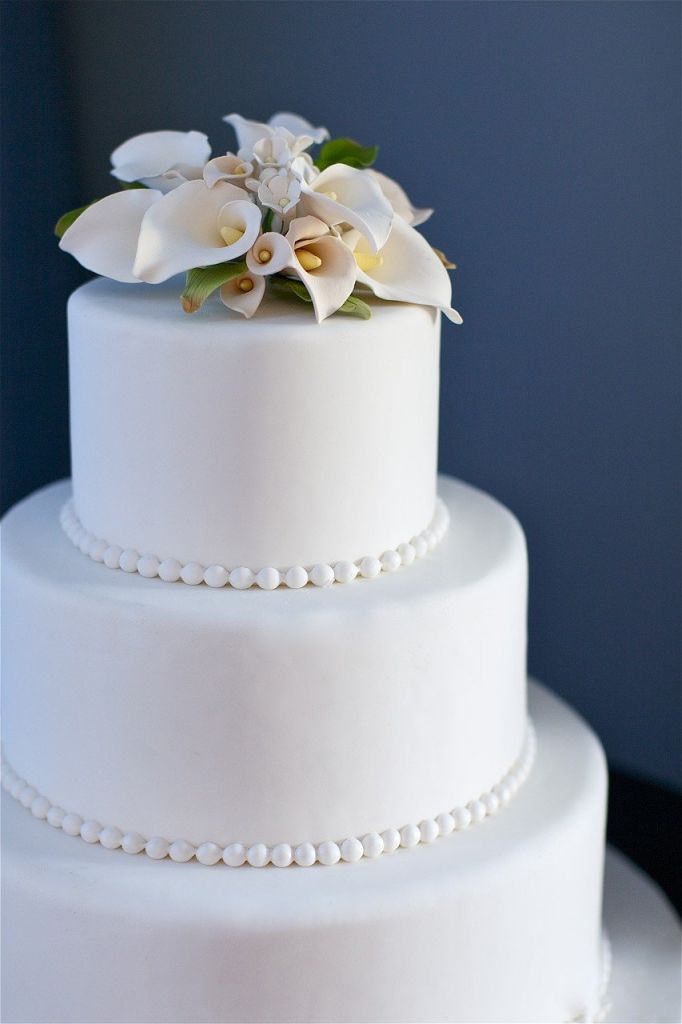Traditional wedding cakes have several commonalities layered between them. The three tiers – which have a different meaning and function unique to themselves – and even the flavor are all quintessential pieces of a classic wedding. But what does it all mean and why are we all still playing into the old-fashioned trend?
Firstly, we are still paying homage to the tradition because of its functionality! Take a look at the meanings and uses below. It just makes sense that some of us may want to keep with the flow. Whereas others have completely bucked tradition because none of the below bits of information jive with their couple style. Whatever way you decide to go, just make sure you are making decisions that work for you – as a team – and help to create the vision you have set for yourselves. And whether that is a three-tiered fruit cake or a platter of pies, it’s all up to you!
The Layers & The Flavors
Your layers signify different moments. The top layer was the tier that was supposed to be kept until the baptism of the couple’s first child – we are used to keeping this one now to eat on our first-year anniversary.
The middle layer was for eating after the celebration – which we still tend to indulge in after everyone has gone home after the party has ended.
And the bottom layer is given out at the celebration – this is the same tier we see couples cut during the reception.
In the present day, the layers also look great in photographs and serve a lot of people. Both of these points of reference seem to be important to our brides – satisfying the memory book as well as large wedding parties. It has become the centerpiece to the entire reception, it should stand tall and proud as a staple of the event’s decor.
Fun fact: Did you know that fruit cake has been the traditional flavor for wedding cake since the early 19th century? That makes sense though since the shelf-life of this type of cake is so long, and most couples would be waiting at least 9 months to take a bite of that top layer.
Other Expert Opinions
“Tradition: In medieval times, bakers would stack individual cake layers as high as possible for a couple’s wedding dessert. The newlyweds’ fate was then put to the ultimate test when the couple had to kiss over the towering layers. If successful, the couple was guaranteed a prosperous life together. Today, tiered wedding cakes are extremely popular, ranging from three to seven tiers.
Tip: Design your dream wedding cake however you please—just make sure to consider the number of people you’ll be feeding. Three tiers will serve 50 to 100 guests, and you’ll need at least five layers for 200 guests or more.” – The Knot
“ In medieval times, spiced buns were stacked as high as possible in a giant pile. If the newlyweds could kiss over the tower of pastries, they’d be in for a lifetime of prosperity. As wedding sweets moved from buns to cake, chances are that nobody wanted to do away with the towering display of dessert.
Who knew that dessert could be so symbolic? Of course, some of the symbolism has worn off over the years, so if any of the weird roots make you uncomfortable, just know that most people won’t relate the tradition to its unusual origins. And like all wedding traditions, none of these is mandatory! Want a purple cake? Go for it!” – Business Insider


